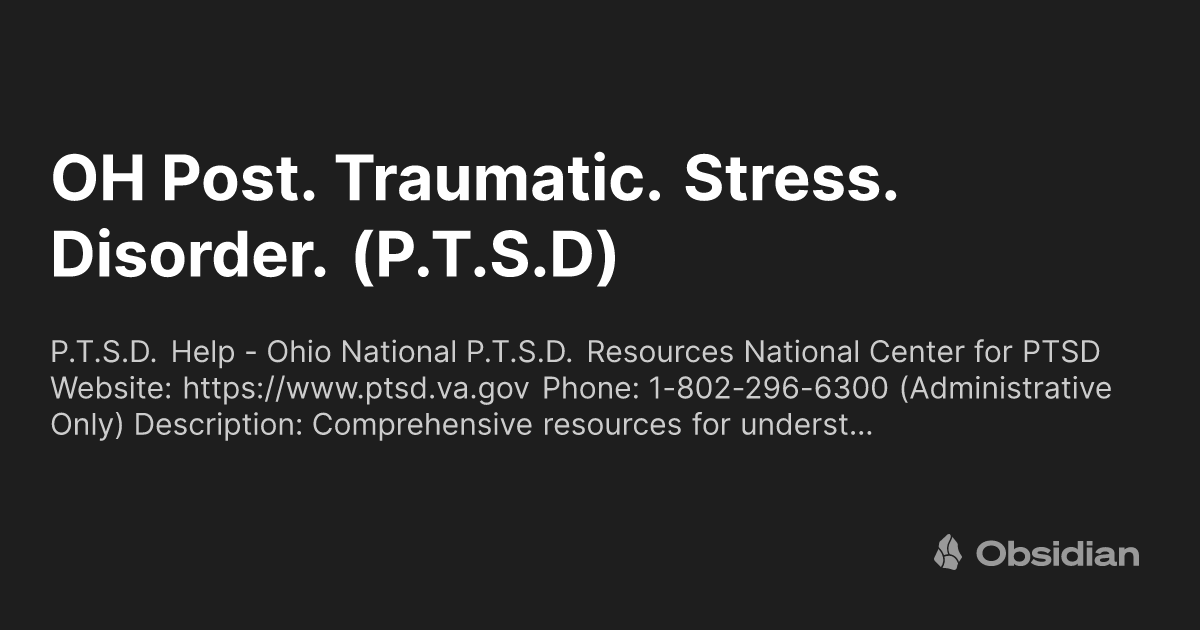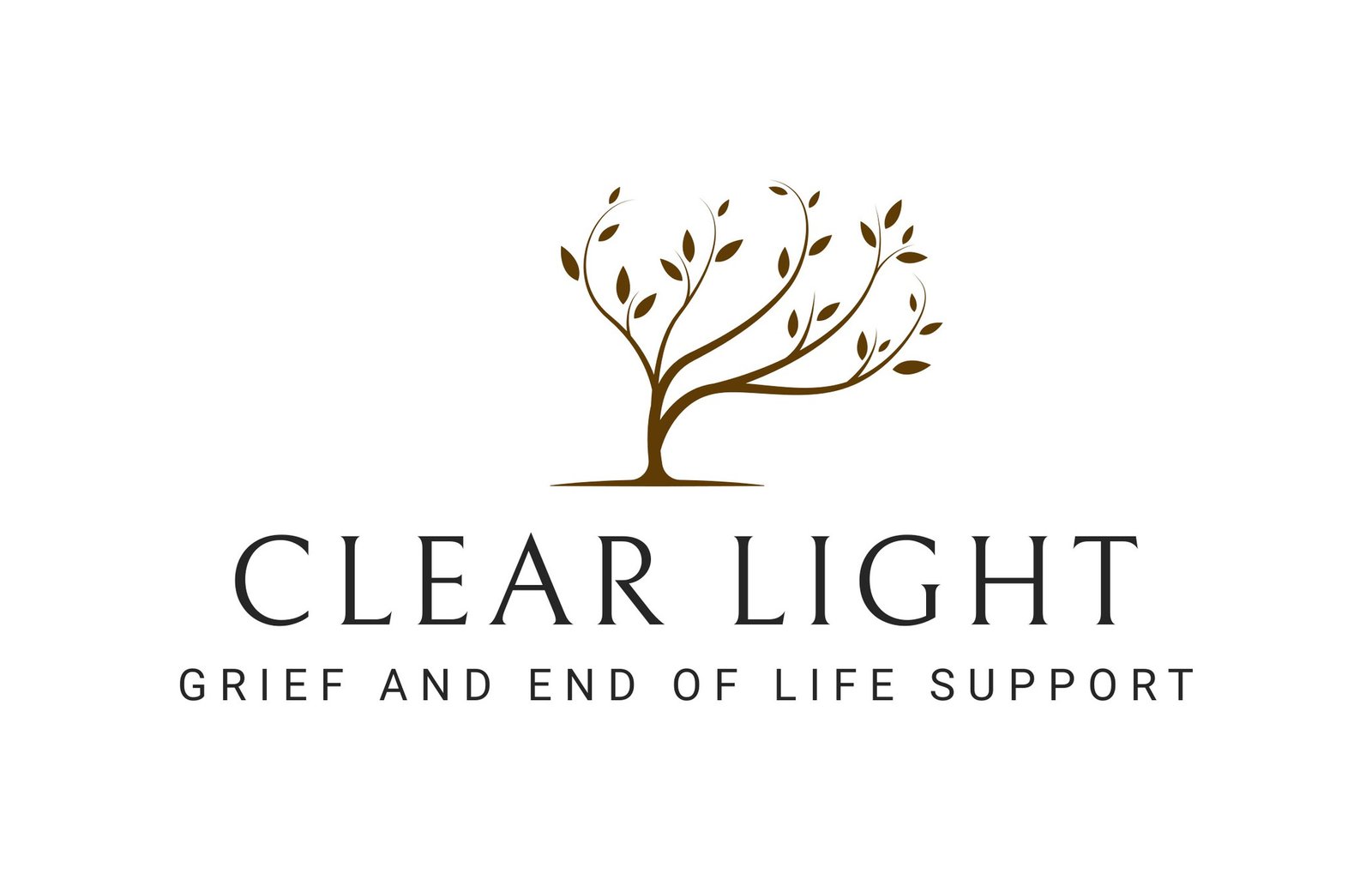A groundbreaking clinical study from The University of Texas at Dallas and Baylor University Medical Center reveals that patients with treatment-resistant post-traumatic stress disorder (PTSD) experienced significant symptom relief after receiving vagus nerve stimulation (VNS) alongside traditional therapy. The Phase 1 trial, which included nine participants, demonstrated that all individuals were symptom-free for up to six months following the therapy.
Published on March 15 in the journal Brain Stimulation, the study was conducted by researchers at UT Dallas’ Texas Biomedical Device Center (TxBDC) in collaboration with the Baylor Scott & White Research Institute (BSWRI). Dr. Michael Kilgard, a leading neuroscientist, emphasized the importance of these findings, noting that while some subjects in such trials often show improvement, achieving a complete loss of PTSD diagnosis is rare. He stated, “In this case, we had 100% loss of diagnosis. It’s very promising.”
The treatment involved combining prolonged exposure therapy—a cognitive behavioral therapy method that helps patients confront avoided thoughts and memories—with VNS. This innovative approach involved delivering short bursts of stimulation to the vagus nerve using a small implanted device located in the participant’s neck. Following a standard 12-session therapy course, researchers conducted assessments at four intervals over the subsequent six months, confirming that all nine participants maintained their benefits throughout the study period.
Dr. Kilgard described this trial as the largest of its kind utilizing an implanted device for PTSD treatment. He highlighted the TxBDC’s previous work demonstrating that VNS can enhance neuroplasticity, the brain’s ability to reorganize itself, particularly when paired with rehabilitation therapies. The FDA has already approved VNS for improving upper-limb movement in stroke patients, marking a significant advancement in the field.
Statistics from the National Center for PTSD indicate that around 5% of U.S. adults experience PTSD annually, with women at double the risk compared to men. Many individuals with PTSD do not respond well to traditional therapies or medications, often facing intolerable side effects or relapse, leaving them without effective treatment options.
Dr. Kilgard pointed out that PTSD is common not only among veterans but also among civilians who have experienced traumatic events. He remarked, “When you hear PTSD, you may picture a combat zone, but it’s much more prevalent than that. It can stem from any event that inspires fear of death or bodily injury, or death of a loved one.”
Co-corresponding author Dr. Seth Hays, an associate professor of bioengineering at UT Dallas, echoed Kilgard’s sentiments regarding the study’s impact. He has been involved in the VNS project since its inception and expressed satisfaction with its evolution from lab discoveries to patient benefits. “This whole process truly highlights the value of team-based science,” he said.
The VNS device, which is now much smaller and more cost-effective than earlier models, represents a significant technological advancement. Dr. Robert Rennaker, who designed the device over a decade ago, noted its current wireless version is about the size of a dime, making it 50 times smaller than previous iterations. Dr. Rennaker confirmed that 49 patients in the Dallas area who have received the device report no issues, and it does not interfere with other medical procedures like MRIs or CT scans.
The next phase of the research involves a double-blind, placebo-controlled Phase 2 pilot study currently underway in Dallas and Austin. Dr. Kilgard expressed hopes that this research could lead to FDA approval for a new treatment option for PTSD, similar to the successful development of VNS for stroke recovery.
Dr. Mark Powers, a licensed clinical psychologist and director of the Trauma Research Center at BSWRI, serves as the lead author of the study. He noted that VNS has improved treatment effectiveness and tolerability, stating, “VNS has changed my work dramatically. Our gold-standard treatments for PTSD have about an 85% response rate, with 40% no longer having their diagnosis, and a 20% dropout rate. Soon we could have the option of VNS for people who don’t get better with cognitive behavioral therapy alone.”
Powers also emphasized the collaborative nature of the research, highlighting the synergy between preclinical and clinical work taking place simultaneously, which he believes is rare and advantageous for advancing treatment options for PTSD.



